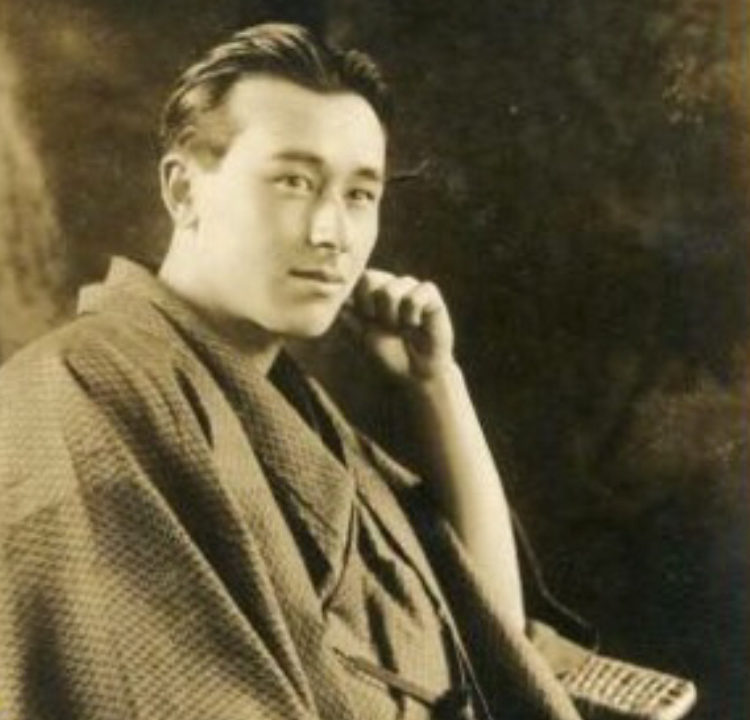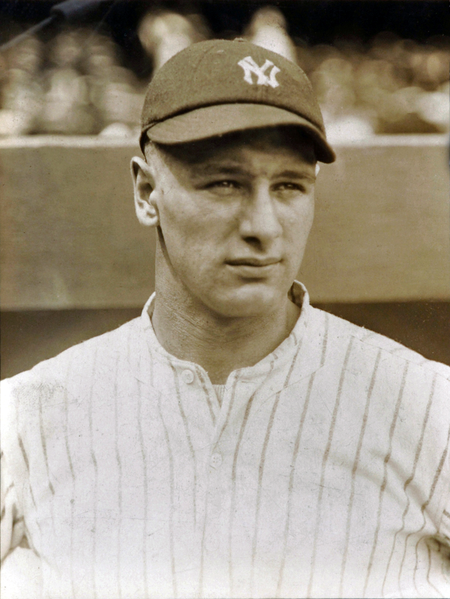Yuki Yamauchi
Lafcadio Hearn, as John Dougill points out here, visited Kyoto and retold stories set in the city. The Greek-born literatus never took up abode in the city, whereas one of his children did. It was Hearn’s second son, Iwao Inagaki.
He was born with Hearn’s Japanese name, Koizumi, in Tokyo in 1897. In 1901 he was adopted into the Inagaki family, who were childless and looking for a male successor. (Shigeharu Onogi, the biographer of Iwao Inagaki, speculates that he was adopted into the Inagaki family, as they had lost their breadwinner in 1900.)
When it comes to Iwao Inagaki’s life in Kyoto, it began in 1920 when he entered Kyoto Imperial University (currently Kyoto University). He majored in electrical engineering at first, but transferred to the English literature department. In 1927, he graduated with a thesis titled Hidden Meanings in Lord Dunsany’s “Five Plays.” (My discovery that he submitted such a treatise led me to delve into details about him and write this article.)

The following year, Inagaki started teaching English at Momoyama Junior High School (now Momoyama High School, in Fushimi Ward). His career there lasted for about 12 years, and it is estimated that roughly 2,000 students took English lessons from him during the period. The classes were of so much interest that many of the students found learning English fun, even though they were weak in the language.
According to his students, the textbooks Inagaki used were Aesopica and Charles Dickens’ David Copperfield. Strangely, copies of the former had some pages glued together. Though it may be easy to think that a few students pulled a prank, this is a wrong speculation. It is likely that the English teacher did it on purpose, for he had a morbid fear of kaeru (frogs) and may have wanted to avoid The Frog and the Ox in the collection of renowned fables.
It is uncertain why Inagaki’s ‘ranidaphobia’ reared its ugly head. I had a hunch that it had something to do with his upbringing in Matsue, for the shrine of Kugutani-sha there is dedicated to Taniguku-no-Mikoto, a deity of hikigaeru (toads) that appears in Kojiki. But I found my guess invalid when it turned out that Lafcadio Hearn left Matsue five years before his second son was born. (Source: https://www.kankou-matsue.jp/omoshiro/kaidan/251)
Talking of how serious Inagaki’s phobia was, he not only hated actual frogs but even objects shaped like the amphibian and, as well as the very word itself. Consequently, he did not favour the English idiom, ‘to have a frog in one’s throat’, or indeed the Japanese proverb Kaeru no ko wa kaeru (The child of a frog is a frog, which equates in English to ‘Like father, like son’).
Well, it’s time to skip to a different topic about Inagaki. As for his pastime, the teacher’s mind was on baseball. Such was his enthusiasm for the sport that he went all the way to Meiji Jingu Stadium in Tokyo in 1931 to watch a game between the Japanese team and the U.S. counterpart, which consisted of celebrated players such as Lou Gehrig and Lefty Grove. In addition, his eagerness for baseball is reflected in a couple of anecdotes. One goes like this: he successfully threw a fragment of chalk at a lazy student, though he rarely punished students. Another story claims that an ordinary catcher’s mask failed to protect his nose from injury, because it was longer than that of the average Japanese.

At Momoyama Junior High School, Inagaki was often badgered by newspaper reporters and literary scholars, as they visited his school for information about Lafcadio Hearn. He was loath to tell his students that he was descended from the legendary man of letters, but in spite of that he spoke of his father on the radio on November 15, 1934. Here’s a part of what he said:
“When our supper was ready, we three brothers [the eldest son Kazuo and the third-born son Kiyoshi as well as Iwao] were always at the doorstep of the passage leading to our father’s study to call our father, “Papa, come down. Supper is ready.” In response, he exclaimed, “All right, sweet boys.” After that, he came to our dining room as if he danced for joy; however, he made no reply when he had to concentrate on his task. Even if he said, “All right,” his voice did not sound energetic. On such an occasion, he would not join us for a meal no matter how long we waited. Our mother went to his study and told him that supper was ready. Then, our father came to our dining room after a while, but at that time his face looked completely different from usual – terribly terrifying. He looked as if he had stared at dreams of the other world” [Author’s English translation of an extract from “Chichi Herun wo kataru”]
From 1926 to 1927, Inagaki translated his father’s works to help the completion of Koizumi Yakumo Zenshu ( Collected Works of Koizumi Yakumo). What’s more, he edited records of Lafcadio Hearn’s lectures, which were published in 1928 as Lectures on Shakespeare.
In September, 1934, however, Inagaki’s life was in peril on account of the Muroto typhoon. It battered many parts of Japan including Kyoto, ending up claiming the lives of roughly 3,000 people. It also wreaked havoc on buildings of Momoyama Junior High School, yet miraculously Inagaki escaped serious injury and there were no casualties except for one person, who was only slightly injured.
About three months after the destructive wind and rain, Inagaki wrote an essay to recall the vehement storm. The writing concluded like this:
“Nine hundred young lives survived the life-or-death crisis. They will certainly keep on making good progress, leaving behind the persistent violence of the cruel bloodthirsty destroyer.“.
On the other hand, Inagaki also suffered from cancer, but luckily he was operated for it in time. However, in the 40th year of his life, he suffered a relapse. He was admitted to what is now Kyoto University Hospital and then transferred to Keio University Hospital in Tokyo. On August 15, 1937, he ‘shuffled off this mortal coil’.
His colleagues deeply regretted the early death of the teacher. Among the mourners was the principal of Momoyama Junior High School, who expressed his condolences as follows:
“Both we colleagues and a thousand students believed and hoped that you [Iwao Inagaki] would make a full recovery from your disease. Nonetheless, Heaven did not show you mercy nor give you more years to live. You died without fulfilling your life’s ambition, and we can no longer see you or be touched by your kindness……
That said, I am sure that future generations will respect you and honor the many years of your glorious achievements in our school’s education and that your good reputation will survive for a great many years.”
I hope that this article acts as an introduction to the second son of Lafcadio Hearn, and, more importantly, as many of his former students hoped, that his soul can rest without being pestered or threatened by frogs.
General References
- Onogi, Shigeharu (1992). “Aru Eigo-kyо̄shi no Omoide: Koizumi Yakumo no Jinan Inagaki Iwao no Shо̄gai”. Kо̄bunsha
- San’in Chūo Shinpо̄-sha (1987). “Lafcadio Hearn no Omokage wo Otte”. Kо̄bunsha
- Hasegawa, Yо̄ji Hasegawa (2014). “Lafcadio Hearn’s Wife: The Life of Setsu Koizumi”. Imai Shoten
- О̄sawa, Takayuki (2007). “Yaizu kara Mita Lafcadio Hearn to Koizumi Yakumo: Kiso Chо̄sa no Kokoromi (9)”. University of Shizuoka [link]
- О̄sawa, Takayuki (2008). “Yaizu kara Mita Lafcadio Hearn to Koizumi Yakumo: Kiso Chо̄sa no Kokoromi (10)”. University of Shizuoka [link]
- Matsue Travel Association: [link]
- Inagaki, Iwao (1934). “Chichi Herun wo Kataru”. [link]
********************************
Yuki Yamauchi’s introduction can be found here. A collection of his contributions to The Japan Times can be found at this link.






Recent Comments